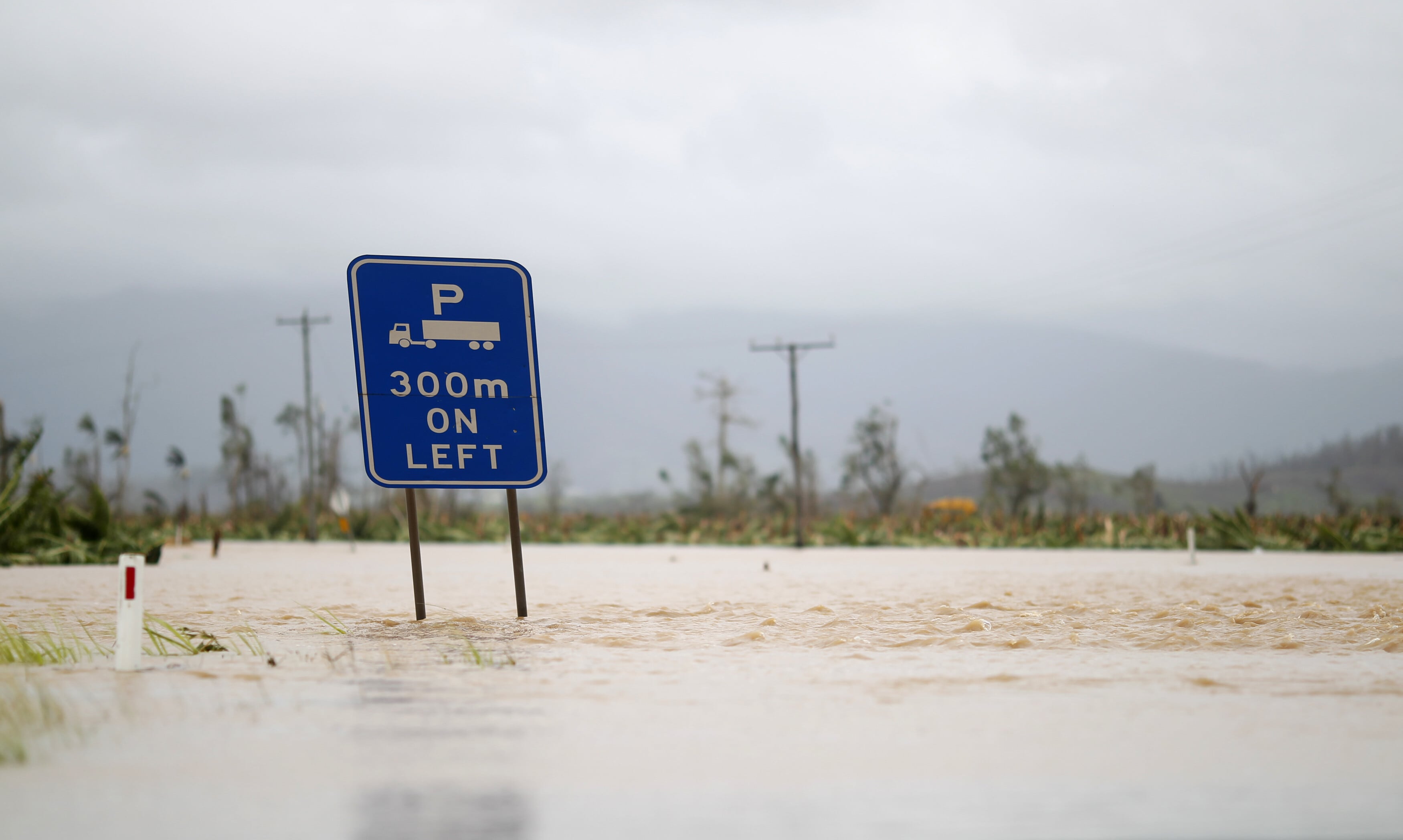How nature can help cities fend off record-smashing heat
Nature can help cities to withstand the effects of climate change, such as heatwaves.
Image: Pexels/Hamandra & Ektoplazma
Stay up to date:
SDG 11: Sustainable Cities and Communities
- Record-smashing heatwaves are becoming more common due to climate change.
- Natural solutions, such as planting trees and restoring water bodies, can help to reduce temperatures in cities.
- Cities also need to find other ways to cool themselves without feeding the climate crisis, such as transitioning to renewable energy and incorporating passive cooling into buildings.
In recent weeks, temperatures have soared around the globe, with a string of heatwaves baking cities from the United States to China.
In Rome, tourists at sites like the Colosseum sweltered as the mercury hit a record 40°C. The temperature in Marrakesh reached a staggering 46.8°C. Beijing set a grim milestone with its 28th consecutive day above 35°C. And Phoenix broke a nearly 50-year-old temperature record as a heat dome settled over much of the southern United States.
As climate change intensifies around the world, record-smashing heatwaves are expected to become more common, leaving a trail of urban disruption – and often death – in their wake. But experts say cities, which are especially prone to warming, can fend off some of the worst effects of heatwaves by planting trees, restoring water bodies and tapping into other natural solutions.
“The natural world offers so many sustainable, cost-effective ways of reducing temperatures,” said Steven Stone, Deputy Director of the United Nations Environment Programme’s (UNEP’s) Industry and Economy Division. “Many municipalities are starting to realize this, which is a crucial step in adapting to climate change and the extreme heat it will bring.”
How is the World Economic Forum supporting the development of cities and communities globally?
Climate experts have long warned of rising temperatures and increased risks to human health. The 2022 Intergovernmental Panel on Climate Change report painted a grim picture of what unchecked global warming looks like increased heatwaves, longer warm seasons and shorter cold seasons.
Cities, home to 55 per cent of humanity, could become especially hot. They are normally 5°C to 9°C warmer than rural areas as concrete buildings and sidewalks soak up and radiate sunlight. The concentration of people, cars and machinery also pushes up temperatures.
By 2050, unless humanity dramatically lowers its emissions of climate-altering greenhouse gases, close to 1,000 cities will experience average summer highs of 35˚°C, nearly triple the current number. The urban population exposed to these high temperatures could increase by 800 per cent, reaching 1.6 billion by mid-century.
Extreme heat is often fatal. A new study in the journal Nature Medicine found that in Europe alone, there were more than 61,000 heat-related deaths last summer, many in cities.
“Heat illnesses and deaths are preventable with proper awareness, resources and responses, many of which can be implemented at urban scale,” said Eleni Myrivili, Global Chief Heat Officer at UN-Habitat. She adds cities can reduce heat risks by issuing early warnings of extreme heat and opening cooling centers while “radically increasing” green spaces and nature.
Accept our marketing cookies to access this content.
These cookies are currently disabled in your browser.
UNEP data finds that simply planting trees on city streets would give 77 million people a 1°C reprieve on hot days. On a normal sunny day, a single tree can transpire several hundred litres of water, which represents a cooling effect equivalent of two domestic air conditioners running for 24 hours.
Urban forests and large parks also provide cooling benefits almost 1km beyond their bounds by lifting warm air above ground level and dispersing cool air. Connecting green spaces creates wind corridors that reduce local temperatures.
The natural world offers so many sustainable, cost-effective ways of reducing temperatures.
”Furthermore, preserving water bodies, such as lakes, canals, ponds and wetlands in urban areas, can have a significant cooling effect.
In the Greek capital Athens – hit hard by rising temperatures and nearby wildfires – city officials are using a Roman-era aqueduct to irrigate a 24km green cooling corridor leading to the center of the city.
Natural solutions are especially important because they help reduce temperatures without contributing to climate change. That is in stark contrast with air conditioning, which is a potent source of greenhouse gas emissions. Nature in cities helps increase connectivity and resilience of natural habitats and support biodiversity, as recognized by the Global Biodiversity Framework adopted last year.
Along with natural solutions, cities will need to find other ways to cool themselves without feeding the climate crisis, say experts. That can include transitioning to renewable energy, incorporating passive cooling into buildings, and making changes to streets and buildings that reflect heat and encourage breezes.
UNEP is developing guidelines for local governments, to be released later this year, to design more heat-resilient neighborhoods and ensure equal access to nature’s benefits within cities. UNEP has also partnered with Arsht-Rock on the Heat Action Platform, a tool for city officials to reduce the human and economic impacts of extreme heat.
Accept our marketing cookies to access this content.
These cookies are currently disabled in your browser.
Experts say it is crucial for cities to start planning for a future laden with extreme heat. According to the World Meteorological Organization, June was the hottest month on record. The Cool Coalition, a global effort on efficient, climate-friendly cooling assembled by UNEP, says extreme temperatures already kill 5 million people a year, with heat-related deaths rising.
“This is a global challenge that affects billions of people,” said UNEP’s Stone. “And the reality is, we need to act in real time to keep our cities livable.”
Don't miss any update on this topic
Create a free account and access your personalized content collection with our latest publications and analyses.
License and Republishing
World Economic Forum articles may be republished in accordance with the Creative Commons Attribution-NonCommercial-NoDerivatives 4.0 International Public License, and in accordance with our Terms of Use.
The views expressed in this article are those of the author alone and not the World Economic Forum.
Related topics:
Forum Stories newsletter
Bringing you weekly curated insights and analysis on the global issues that matter.
More on Nature and BiodiversitySee all
Tom Crowfoot
September 18, 2025
Caroline Meech and Sakshee Singh
September 17, 2025
Tania Strauss and Beverley Postma
September 17, 2025
Metolo Foyet
September 16, 2025
Mark Gough and Naoko Ishii
September 15, 2025





